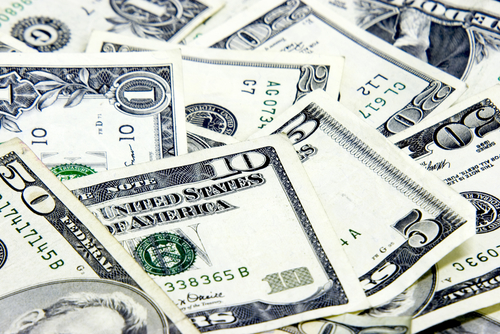The word “debt” can have negative connotations. But there are some times when debt can be viewed as a good thing.
Certified Financial Planner, Ray Levitre, explains the difference between good debt and bad debt and to make it work for you.
1. We always hear how bad debt is. Is all debt bad?
Actually there is acceptable and unacceptable debt. Acceptable debt is debt used for “appreciating assets” like a house, maybe a business you own, or education (you are an appreciating asset.) Unacceptable debt is debt incurred on “depreciating assets”, which is basically any consumer purchases – like a car, a credit card, a vacation etc. I don’t believe in car loans. Most people can pay cash for an inexpensive car that will get the job done.
2. What would our financial future look like if we could invest the money that we are currently using to pay off our consumer debt (credit card, car loan, etc.)?
This will amaze you. Let’s look at the total cost of a car loan. In addition to paying interest on the car loan, the money you are using to make the monthly payment is money that you are not saving.
Let’s assume for your entire 40-year working career starting in 1971 you have a car loan with a payment of $200 per month. So, during your career, each time you pay off a loan you trade your car in and get another car and loan. If you had started doing that 40 years ago you would have spent $96,000 on your cars. If, however, you had invested that $200 per month in a balanced mutual fund, you would now have earned $1,459,920*. So, in essence your nice car has actually cost you over a million dollars. The habit of always having debt is an expensive one.
3. So how do we get rid our consumer debt so we can save more? You’ve often said we should be saving 15% of our income.
There are two ways to free up money to boost your savings rate. First of all, I’d recommend that you start budgeting so you know where your money is going. This allows you to start looking for ways to reduce expenses. One of the best ways to do this is to use a free online service called www.mint.com. This website will track all of your bank, loan, and investment transactions so you can track your spending.
The second thing you can do is called a “debt snowball.” This is a very simple strategy. All you do is pay off one debt, and then apply the money you were using to make that payment to another debt, and so on. Continue doing this until all of your consumer debt is gone. I like the approach of paying the debt with the shortest amount of remaining payments first, and then tackling the others. This will give you some momentum.
* Such as the Dodge and Cox Balanced Fund
For more information on to be wise with your finances, you can visit http://networthadvice.com/
You can also request a copy of Ray’s book “20 Retirement Decisions You Need to Make RightNow” by clicking on the “Contact Us” tab.















Add comment